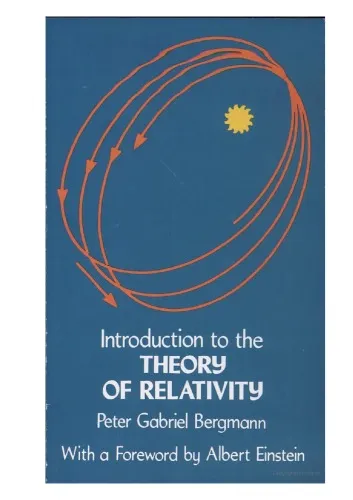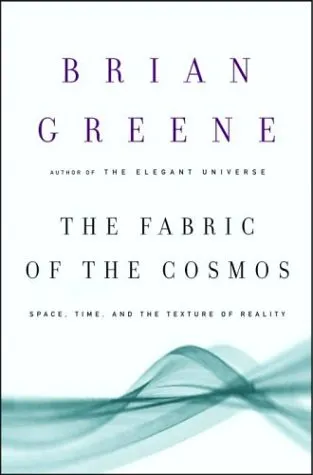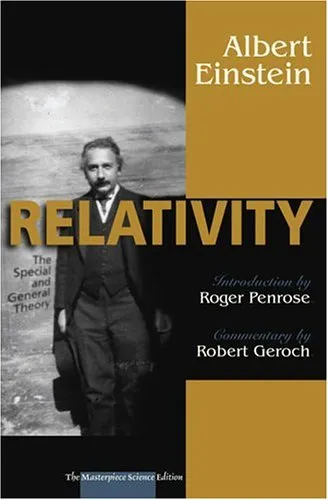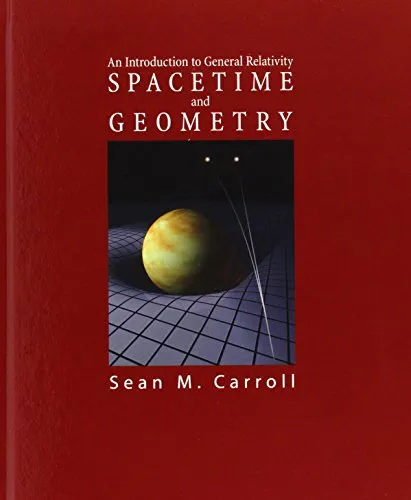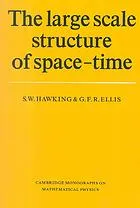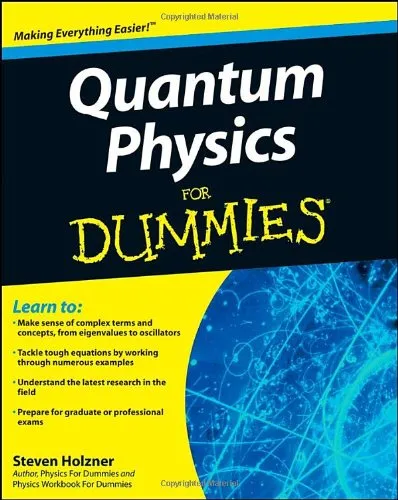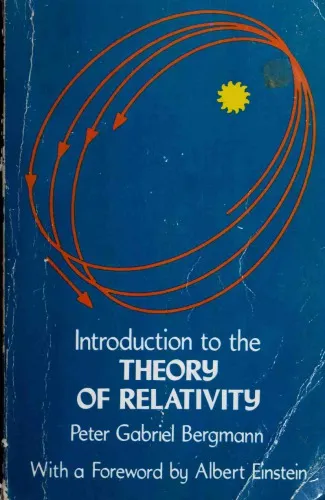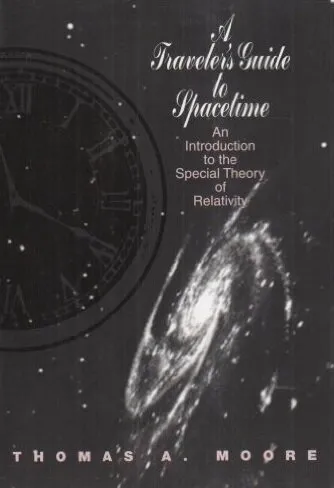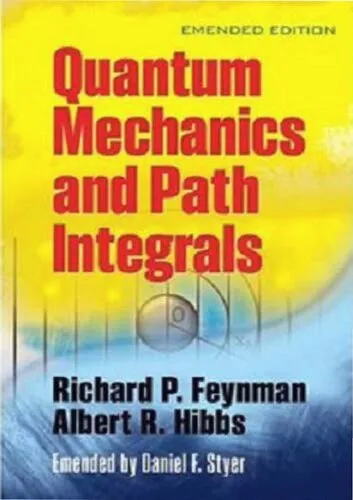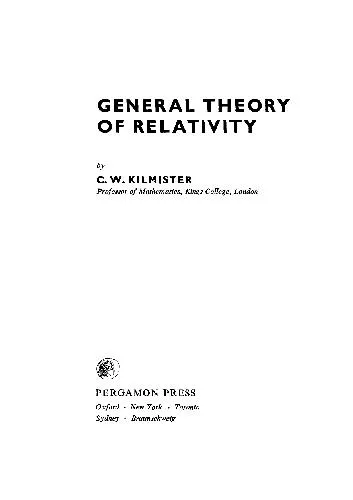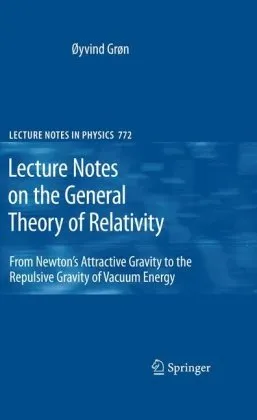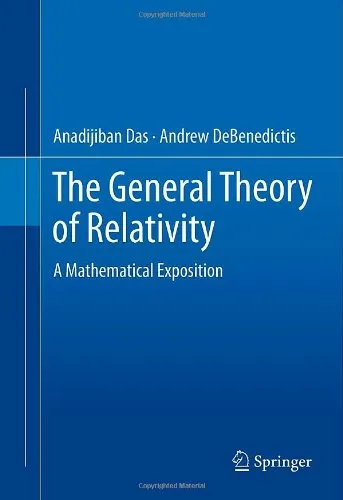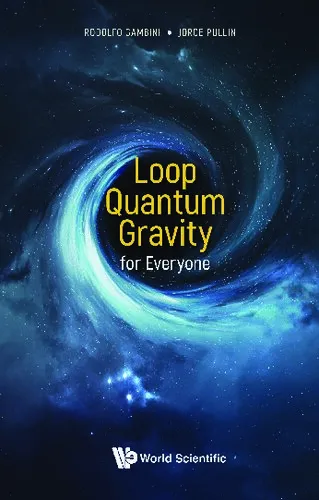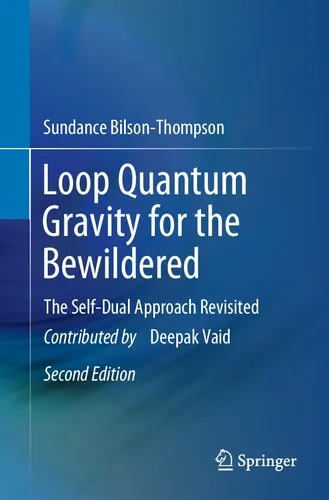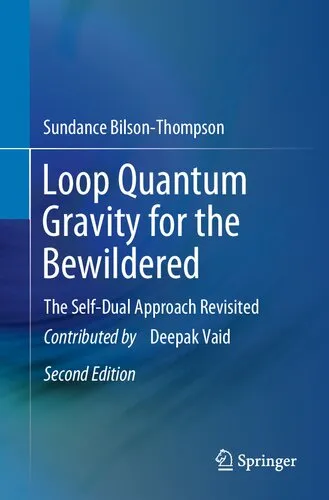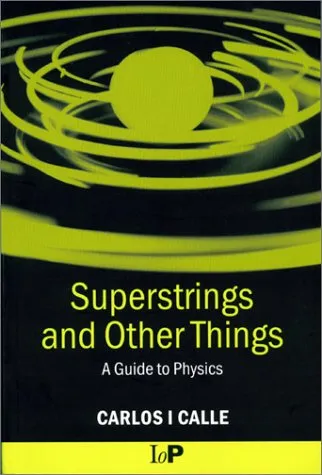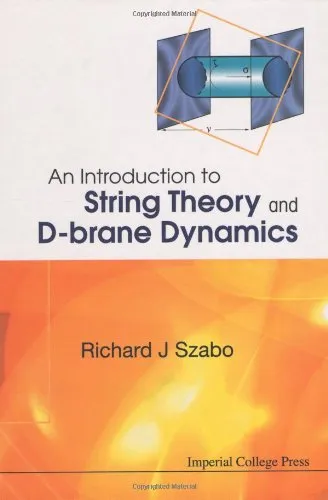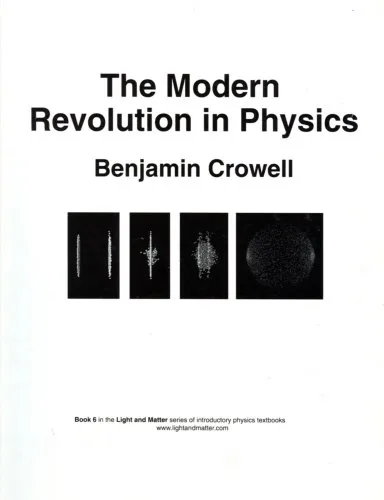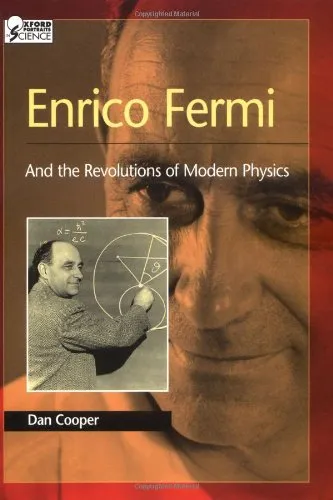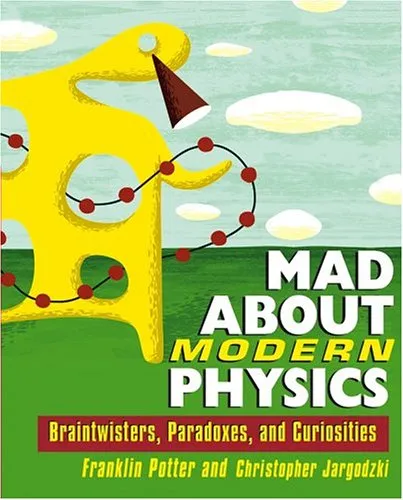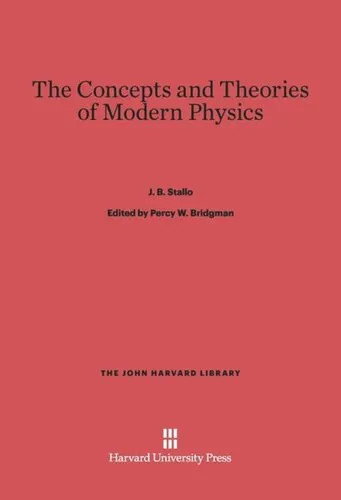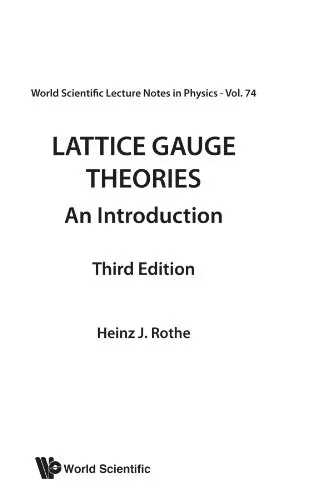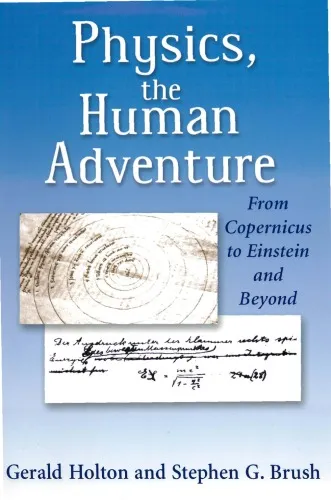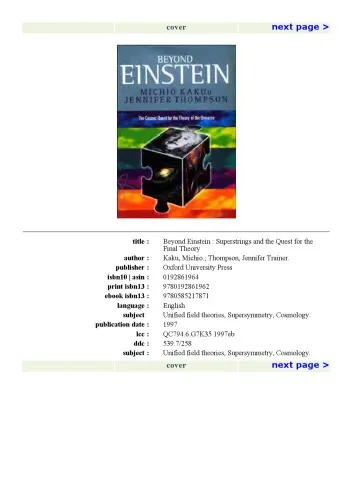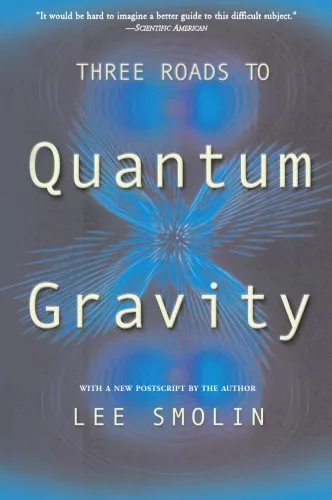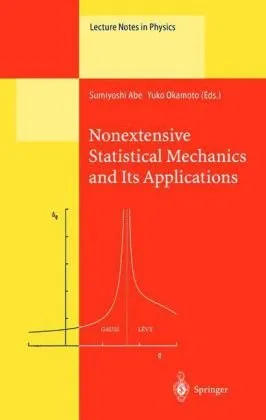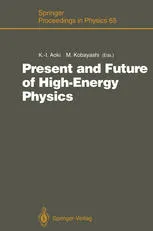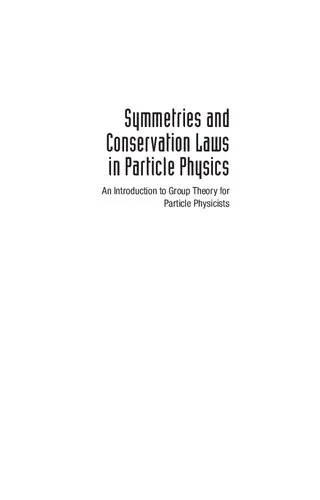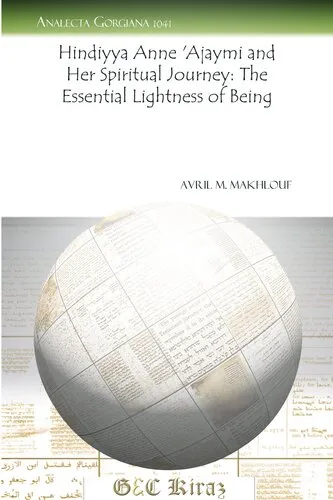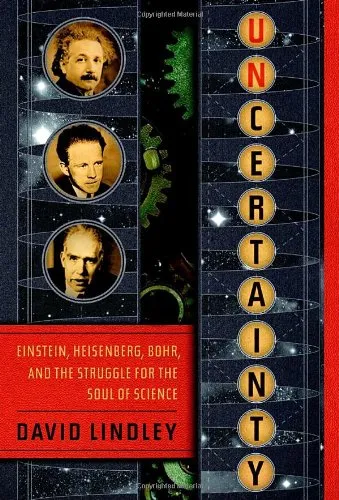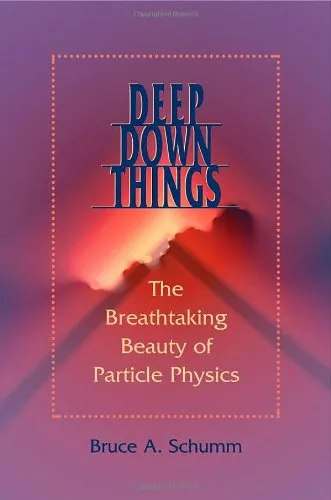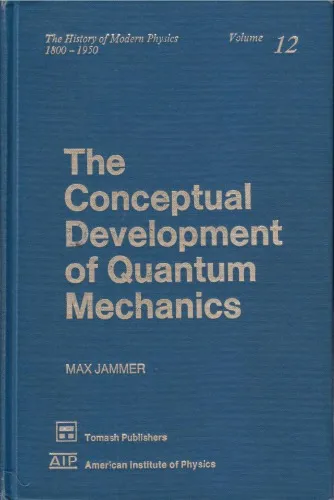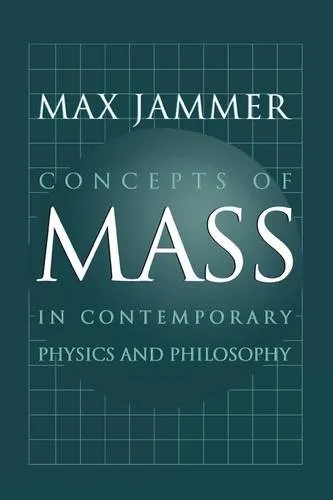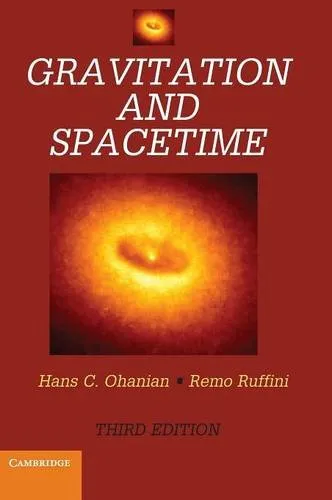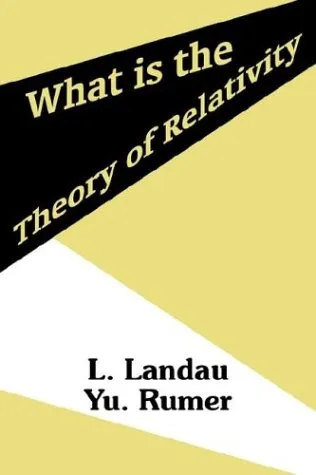Introduction to the Theory of Relativity
4.0
Reviews from our users

You Can Ask your questions from this book's AI after Login
Each download or ask from book AI costs 2 points. To earn more free points, please visit the Points Guide Page and complete some valuable actions.Related Refrences:
Detailed Summary of the Book
Peter Gabriel Bergmann's "Introduction to the Theory of Relativity" is a pioneering work that breaks down the complex concepts of Einstein's theory of relativity into digestible, coherent parts accessible to both scientists and enthusiasts. The book is crafted meticulously to guide the reader through the intriguing realms of special and general relativity, establishing a firm foundation of understanding before delving into more intricate details.
Initially, the book introduces the fundamental principles of special relativity, including time dilation, length contraction, and the equivalence of mass and energy, encapsulated in the iconic equation E=mc². Bergmann emphasizes the relevance of these concepts in modern physics and engineering, making clear their pivotal role in technologies such as GPS and particle accelerators.
As the narrative progresses, the focus shifts to general relativity, anchoring the reader to more advanced ideas such as the curvature of space-time, gravitational fields, and Einstein's field equations. Bergmann adopts a pedagogical approach, ensuring that mathematical aspects are accessible while probing deeply enough to satisfy the intellectually curious.
Throughout, the book maintains a balance between conceptual explanations and mathematical rigor, providing derivations and proofs where necessary, and emphasizing their practical implications in cosmology and astrophysics, such as black holes and the expansion of the universe.
Key Takeaways
The book offers numerous insights and conceptual tools that are vital for understanding both the overarching and nuanced implications of relativity in theoretical and applied physics.
- Comprehensive understanding of space-time and its dynamical nature.
- Clear connection between relativity and electromagnetic theory.
- Insight into the significance of Einstein's theories in modern technological advancements.
- Exposure to the fundamental shift in paradigms from classical mechanics to relativistic physics.
- Application of relativity in understanding the universe's structure and dynamics.
Famous Quotes from the Book
"Relativity to the layman seems a complex and bewildering structure; yet, upon closer inspection, it becomes a simple progression of exquisite scientific insight."
"The importance of relativity is not in the sophistication of its equations but in the revolutionary way it compels us to perceive space and time."
Why This Book Matters
"Introduction to the Theory of Relativity" is more than just a textbook; it is a bridge connecting traditional Newtonian physics with the exotic realms of modern theoretical physics. The book demystifies one of the most significant scientific revolutions of the 20th century and presents it in a form that is as enlightening as it is educational.
In an era where physics continues to evolve rapidly, Bergmann's work remains a cornerstone, providing foundational knowledge that supports new inquiries and discoveries. Its clear, structured exposition makes it an essential read for students, educators, and anyone with a vested interest in the relativity theories that continue to shape our understanding of the cosmos.
Moreover, the book empowers readers to appreciate the beauty and coherence of the physical universe, making it not only a crucial academic resource but also a profound intellectual journey.
Free Direct Download
You Can Download this book after Login
Accessing books through legal platforms and public libraries not only supports the rights of authors and publishers but also contributes to the sustainability of reading culture. Before downloading, please take a moment to consider these options.
Find this book on other platforms:
WorldCat helps you find books in libraries worldwide.
See ratings, reviews, and discussions on Goodreads.
Find and buy rare or used books on AbeBooks.
1358
بازدید4.0
امتیاز0
نظر98%
رضایتReviews:
4.0
Based on 0 users review
Questions & Answers
Ask questions about this book or help others by answering
No questions yet. Be the first to ask!
